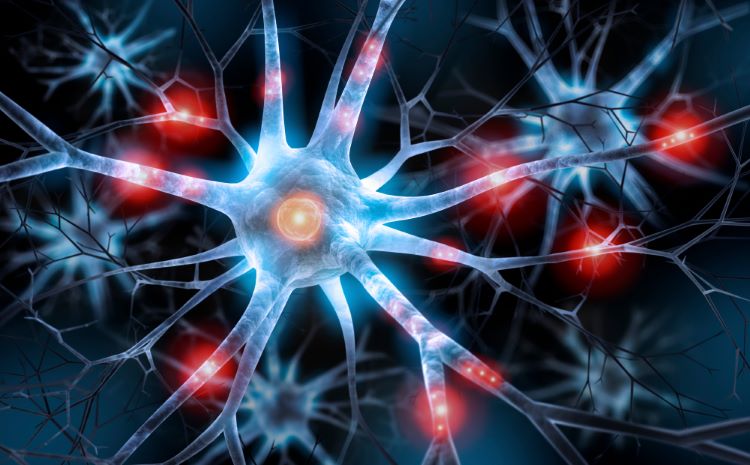Tackling the complex development landscape of pain medicines
Posted: 11 January 2024 | Catherine Eckford (European Pharmaceutical Review), Torsten Madsen (Hoba Therapeutics) | No comments yet
In this exclusive interview, Torsten Madsen, CEO of Hoba Therapeutics, highlights the current clinical development landscape, challenges, and opportunities for pain management medicines.


chronic neuropathic pain is at present, mainly managed with antidepressants… antiepileptic drugs… as well as opioids”
Neuropathic pain affects over 400 million people worldwide, according to Hoba Therapeutics. In Europe, the prevalence of chronic neuropathic pain is estimated to be six–eight percent1 of the general population. Drug development for pain management is “incredibly complex… mainly because the trials are so challenging to conduct”, the company highlighted.
A major limitation is that these drugs [for chronic neuropathic pain] generally do not target the specific causes… and their efficacy is reduced when the underlying conditions, like nerve damage, cannot be treated effectively”
A press release published by Hoba Therapeutics in December 2023, explained that chronic neuropathic pain is at present, mainly managed with antidepressants including tricyclic antidepressants (TCA), selective serotonin reuptake inhibitors (SSRIs), antiepileptic drugs like pregabalin and gabapentin, as well as opioids.
A major limitation is that these drugs generally do not target the specific causes of neuropathic pain, and their efficacy is reduced when the underlying conditions, like nerve damage, cannot be treated effectively.2,3
In the same press release, Camilla Petrycer Hansen, Principal of Seed Investments for Novo Holdings commented that chronic pain is “… a vast issue largely neglected by the market due to a dearth of innovation in this field for many years.”
What are the key current challenges in the development of pain medicines?
Pain is an important symptom in numerous disorders; it also represents a healthy physiological survival mechanism. This rises both diagnostic and therapeutic challenges for pain management. Also, the models used to experimentally study pain have multiple shortcomings and their translational value has been questioned, which is problematic for decision making prior to committing to a large development programme. To overcome these challenges, there have been efforts in creating more accurate bedside testing, such as eg, Quantitative Sensory Testing, and more emphasis is put on early clinical translational studies.
What is the present clinical landscape for pain management medicines, especially chronic pain?
The present unmet needs within chronic pain are not met with opioid therapies. The current medications (opioid and non-opioid) often force the patients to make an unfortunate choice between efficacy and debilitating side effects, leading to a cycling through multiple different therapies and suboptimal treatment response. The treatment modalities currently in early and preclinical development are closed to treating pathologies associated with the chronic pain condition.
Pain management therapies: Pfizer’s migraine medicine recommended by NICE
What are three current development trends for pain management treatments?
There is a clear trend away from developing pharmacological therapies targeting opioid receptors”
There is a clear trend away from developing pharmacological therapies targeting opioid receptors. The movement towards conducting early phase, more informative, translational studies provide more information for late phase development on selection of target population/indication and selection of additional endpoints. Lastly, several emerging novel therapeutic principles are mechanisms are under development, also attracting the attention of Big Pharma.
What excites you regarding the future development landscape for these treatments?
Towards the end of 2023, one sensed an emerging interest from Big Pharma in neuroscience”
The past decades have offered little new of innovative approached within treating chronic pain disorders. This has left patients and caregivers with few options other than a trade of between efficacy and side and adverse effects and suboptimal pain relief. Towards the end of 2023, one sensed an emerging interest from Big Pharma in neuroscience. I am excited by this indication of interest and hope this indicates a turning of a page in neuroscience drug development.
About the interviewee


References
- Cruccu G, Truini A. Neuropathic pain: The scope of the problem. Pain and Therapy. 2017; 6(S1):1–3.
- Neuropathic pain in adults: pharmacological management in non-specialist settings – NCBI Bookshelf. [Internet] NIH. 2020. [cited 2024Jan]. Available from: https://www.ncbi.nlm.nih.gov/books/NBK552848/
- Pharmacotherapy for Neuropathic Pain: A Review – PMC. [Internet] NIH. 2017. [cited 2024Jan]. Available from: https://www.ncbi.nlm.nih.gov/pmc/articles/PMC5701897/
Related topics
Big Pharma, Biopharmaceuticals, Clinical Development, Clinical Trials, Drug Development, Drug Safety, Industry Insight, Research & Development (R&D), Therapeutics









